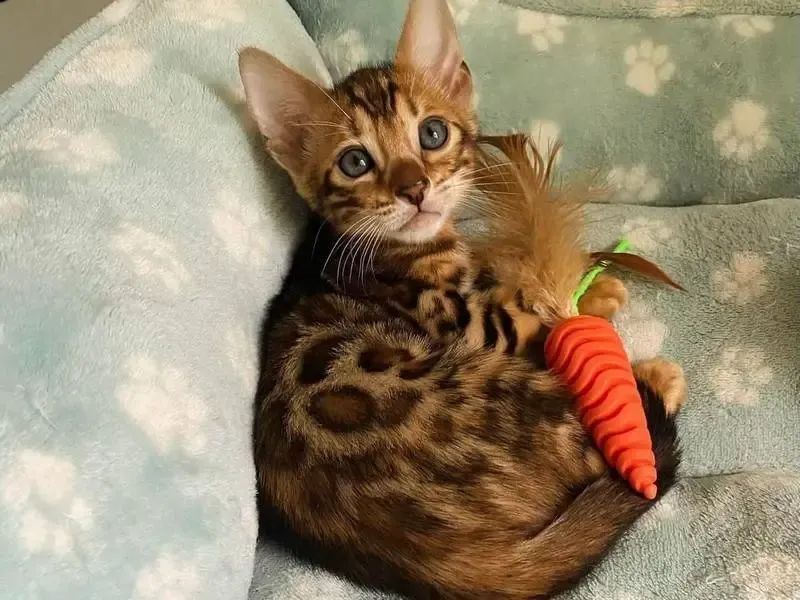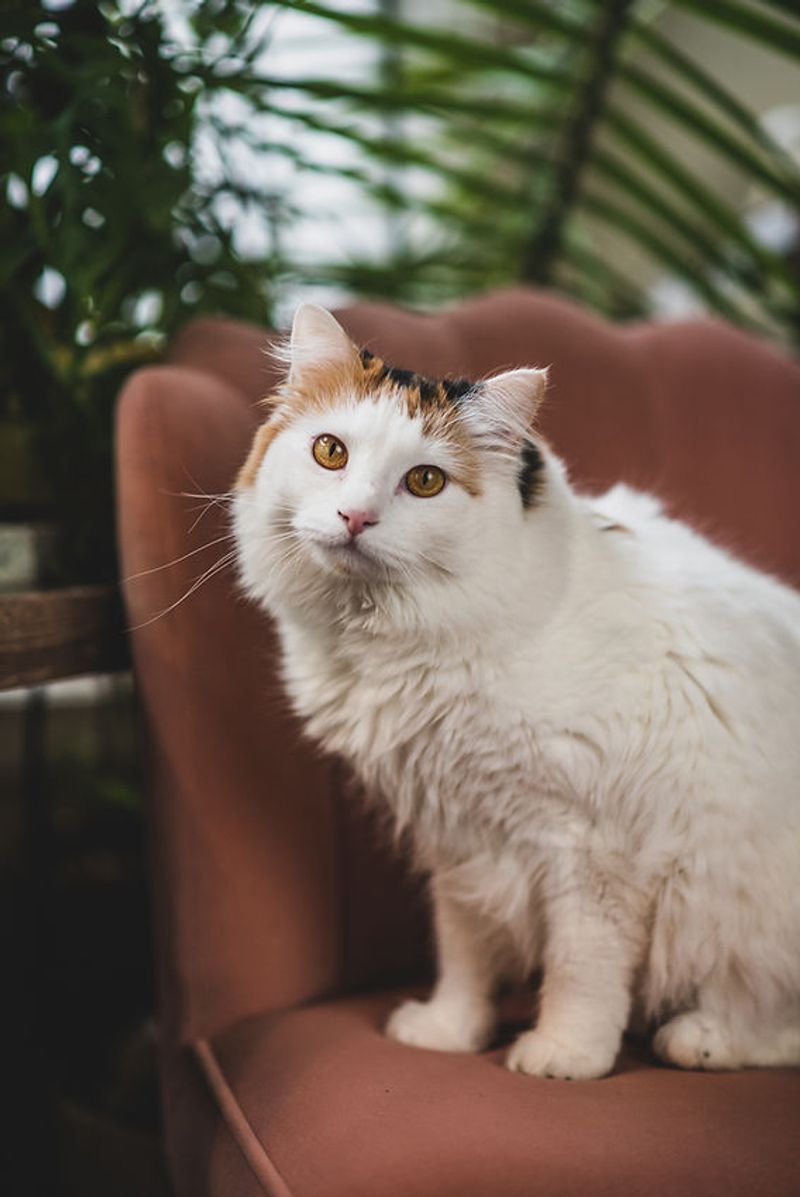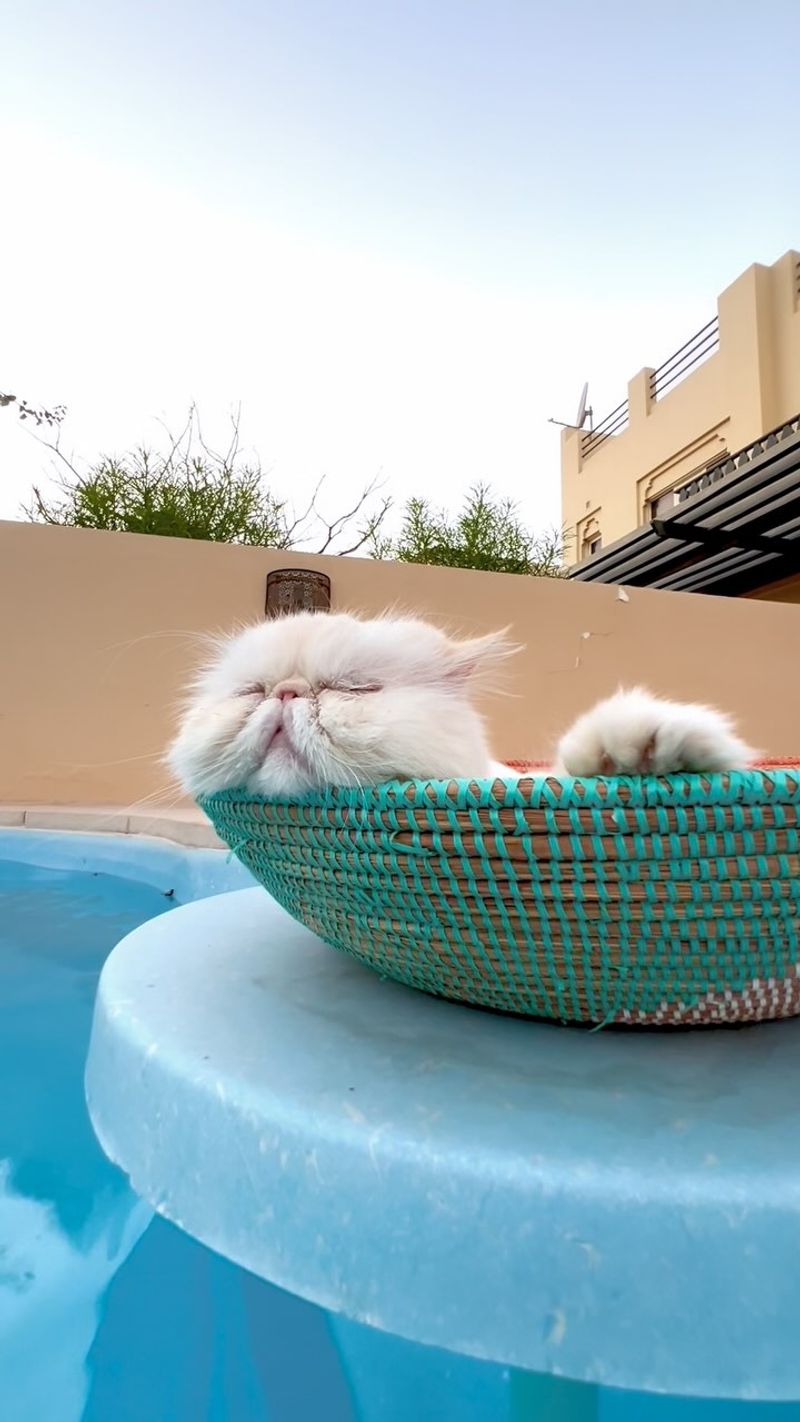📖 Table of Content:
Cats have long held a reputation for independence, often choosing when and how they interact with others—humans and animals alike. While some felines welcome companionship, cuddling up with other pets or even forming deep bonds, others prefer a more solitary existence. These cats are highly particular about their environment and can become stressed or agitated when forced to share their home.
This preference for solitude can be rooted in their instincts, past experiences, or breed-specific traits. Some breeds are naturally territorial, desiring complete control over their domain and rejecting the intrusion of other pets. Others may simply have a low tolerance for noise, unpredictability, or competition for affection and resources, which can lead to behavior issues when another animal is introduced.
Whether you’re a multi-pet household looking to avoid conflict or a potential cat owner seeking a low-drama feline companion, knowing which breeds prefer solitude can help guide your choice. The following eight breeds are known for their distaste of sharing space with other animals, and each one brings its own distinct personality traits to the table. If harmony in a one-pet home is your goal, these cats might be the perfect match.
1. Siamese
Fiercely loyal and intelligent, Siamese cats develop strong attachments to their human companions and often resent anything that diverts that bond. Rather than welcoming new furry friends, they may see them as rivals competing for attention and affection. Their loud vocalizations and assertive personalities make it clear when something—or someone—is bothering them. In many cases, their jealousy can manifest as aggression or anxiety when forced to share space. Living with another animal may create constant tension, particularly if that pet is also social or dominant. Because they crave interaction and stimulation, Siamese cats are best suited to homes where they are the star of the show. For these expressive felines, less is more when it comes to household companions.
2. Bengal
With wild ancestry and boundless energy, Bengals require a stimulating environment tailored entirely to them. Rather than coexist peacefully with other animals, they often prefer to dominate their surroundings. These cats are constantly on the move, and their high prey drive can lead to aggressive behaviors toward smaller pets. Even when socialized from a young age, Bengals may grow impatient or territorial when their space is encroached upon. Their intelligence adds another layer of complexity, as they can quickly identify and challenge perceived competitors. In many multi-pet situations, Bengals may assert themselves physically or emotionally, creating friction in the home. Solo ownership is often the best way to satisfy their need for control and engagement.
3. Oriental Shorthair
Elegance and drama intertwine in the Oriental Shorthair, a breed known for its intense need for attention and vocal communication. These cats flourish in relationships where they are the primary focus, and they may not respond well to sharing affection or resources. Highly attuned to their environment, they can become stressed when other animals disrupt their sense of order. Often described as moody or particular, Orientals may isolate themselves or act out when they feel sidelined. Their social behavior is complex—they bond deeply with humans but are selective and often intolerant of other pets. This hypersensitivity makes it difficult for them to adjust in multi-pet households. Providing them a peaceful, exclusive domain often results in a happier and more affectionate companion.
4. Russian Blue
Stoic and serene, the Russian Blue thrives on routine and quiet companionship. Unlike more outgoing breeds, they don’t actively seek out interactions with other animals and may find them unsettling. Their calm temperament is best appreciated in environments where they aren’t constantly challenged or startled. Though gentle and affectionate with their chosen humans, they are often aloof or dismissive with other pets. Sudden movements, noise, or encroachment on their personal space can quickly make them retreat. When forced to cohabitate with other animals, they may become withdrawn or show subtle signs of stress. A single-pet home allows their refined nature to fully shine.
5. Turkish Van
Water-loving and strong-willed, Turkish Vans are a rare combination of athleticism and independence. These cats do not appreciate having their boundaries pushed and are known for setting strict limits with other animals. Territorial by nature, they often claim specific areas in the home and defend them from intruders, whether feline or otherwise. Their energetic personalities mean they prefer to direct their curiosity toward environments, not competitors. Attempts to socialize them with other pets may result in hissing, swatting, or complete avoidance. Turkish Vans require a human who understands their independent streak and respects their space. In return, they offer loyalty and affection to those they trust.
6. Scottish Fold
Endearing and soft-spoken, Scottish Folds are creatures of comfort who dislike chaos or frequent change. Their round faces and calm demeanor may fool some into thinking they’re adaptable, but many prefer solitude to stimulation. Changes in their environment—like new pets—can lead to anxiety or behavioral shifts. Instead of confrontation, they often retreat, becoming less social or hiding altogether. These cats thrive in predictable, quiet settings where they can develop close bonds with their humans without competition. While they may tolerate other animals, true contentment comes from having their world undisturbed. Owners seeking a tranquil companion will find them happiest as the sole pet.
7. Chantilly-Tiffany
Few cats form emotional bonds as deeply as the Chantilly-Tiffany, which is both a strength and a challenge. This breed tends to fixate on one or two humans, becoming intensely loyal and protective. New pets can be seen as a threat to that sacred connection, causing distress or jealousy. While not overtly aggressive, they may express their discomfort through vocal protests or by withdrawing. Their affection is exclusive and often incompatible with the demands of a multi-pet household. Creating a consistent, peaceful environment allows their affectionate nature to flourish. For those who want an intimate bond with a single pet, the Chantilly-Tiffany is a rewarding choice.
8. Persian
Living with a Persian cat is like living with royalty—they expect peace, adoration, and plenty of personal space. This breed is not fond of disruptions and may become visibly irritated by the presence of rambunctious pets. Loud noises, unpredictable movement, or energetic animals can quickly overwhelm them. Rather than lash out, Persians typically respond by retreating to quiet corners or becoming less interactive. Their patience has limits, and repeated encroachments can result in passive-aggressive behavior or grooming-related stress. They are at their best in serene environments with low demands and consistent attention. A single-pet household is where their regal charm truly blossoms.








